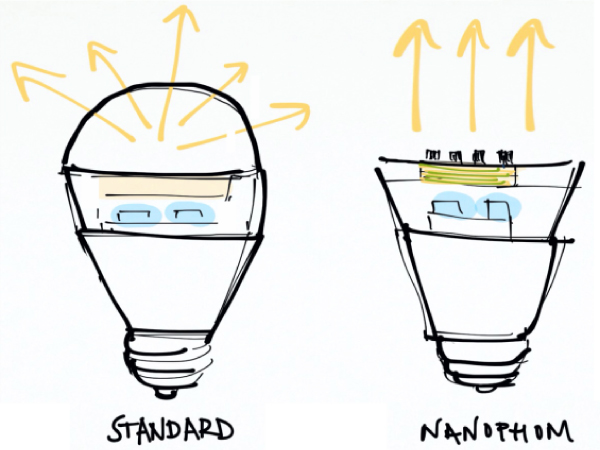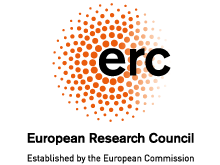The context
Within the global strategy to reduce electricity consumption, a transition is taking place towards more efficient and environmentally friendly light sources. This strategy has already caused a substantial change in artificial lighting, thanks to the implementation of light-emitting diodes (LEDs) in our homes and public spaces.
To date, LED technology has managed to surpass traditional lamps in performance due to its reduced consumption, long durability, compact design and robustness. However, despite all these advantages, the reflectors and lenses that are usually used in the design of the lamps sold today offer limited control over the brightness, hue, or directionality of the emitted light.
The proposal
The research project that has been funded by the ERC seeks to overcome the limits imposed by traditional geometric optics through the use of nanotechnology. More specifically, the objective sought is to control the emission properties of new colour-converting materials using integrated optical nanostructures.
A deeper understanding of the interaction between light and matter at the nanoscale will drive the development of new light sources with improved properties. Such achievements are expected to have an economic and environmental impact, allowing for reduced energy production costs and minimising light pollution.
The researcher
Gabriel Lozano holds a PhD from the University of Seville. For three years he did his post-doctoral research on metallic nanostructures and light emission at the Dutch research centre AMOLF. And since 2014, as a postdoctoral researcher in the Multifunctional Optical Materials group led by Hernán Míguez (also recipient of an ERC Consolidator Grant project in the 2012 call), he works on the design and characterisation of nanostructured optoelectronic devices.
More information about Starting Grants
The European Research Council (ERC) Starting Grants are the most competitive projects awarded to an individual researcher. They are aimed at researchers with a postdoctoral experience of between 2 and 7 years, who have demonstrated a very high scientific quality and innovative ideas at the forefront of knowledge.
Obtaining them will allow the young scientist to develop an independent line of research that is synergistically integrated into the Institute of Materials Science of Seville.




